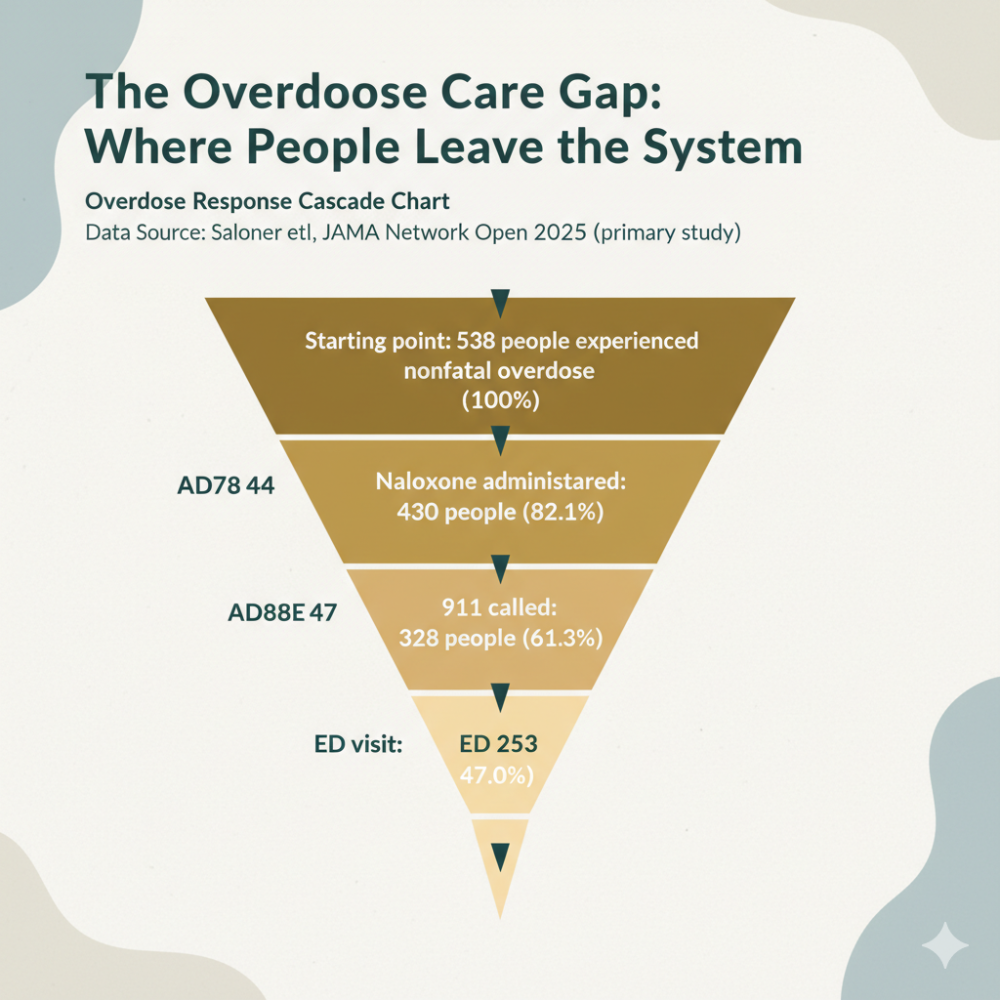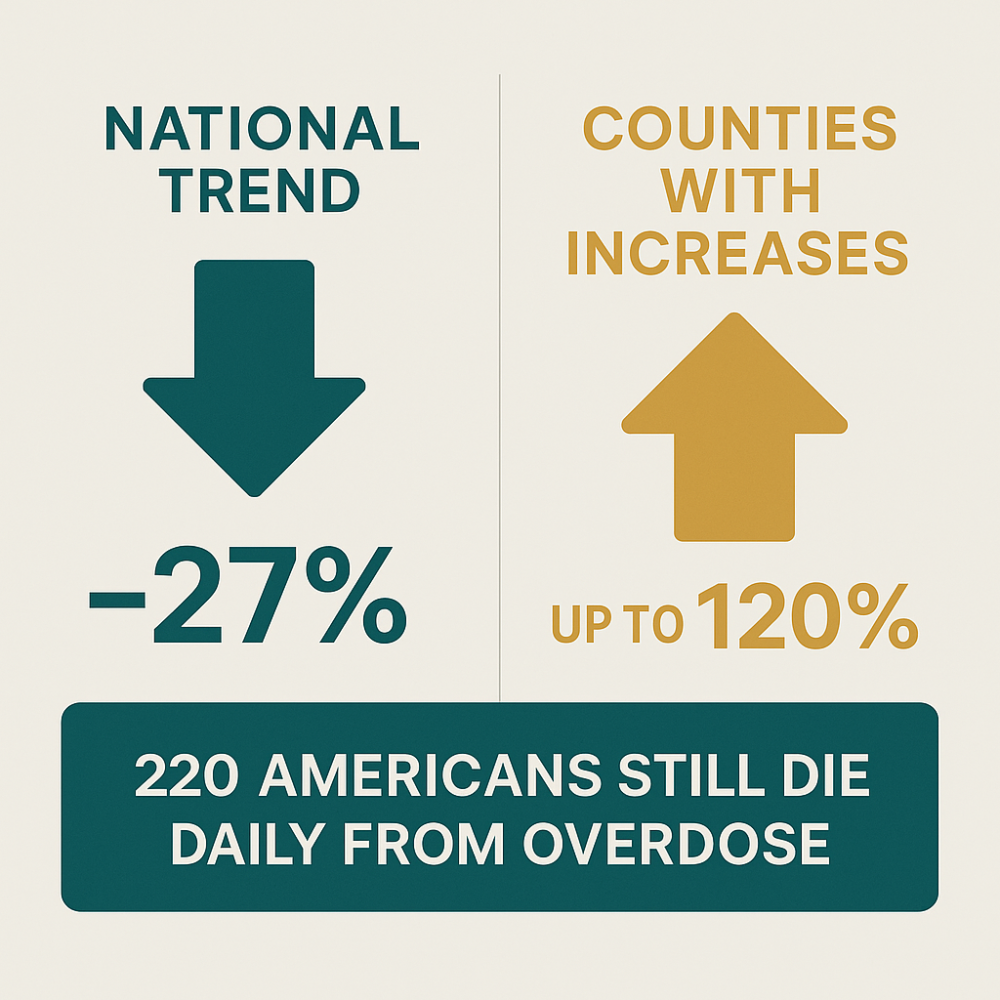Information in this blog post is taken from a video report via Bloomberg Originals
In recent years, a substance called kratom has been making waves in the wellness and recovery communities. Marketed as a natural alternative to opioids and alcohol, kratom has gained a following among those seeking relief from addiction and chronic pain. However, as its popularity grows, so do concerns about its potential for abuse and addiction. This blog post delves into the complex world of kratom, exploring its benefits, risks, and the controversies surrounding its use.
What is Kratom?
Kratom is a tropical tree native to Southeast Asia, whose leaves contain compounds that can have psychotropic effects. In the United States, it’s often sold as a dietary supplement in various forms, including powders, capsules, and liquid shots like “Feel Free” by Botanic Tonics.
The Promise of Relief
For some users, kratom has been nothing short of miraculous. Chris, a former heavy drinker, shares his experience: “It wasn’t until I was 40 that I found the Feel Free, and I would have one of those, I’d be good for like 4 hours. I wouldn’t think about drinking alcohol… it was just a godsend for me.”
Another user found kratom helpful in quitting painkillers, using it as a “step stool” to manage overwhelming emotions and cravings.
The Dark Side of Kratom
However, for many others, kratom use has led to a new form of addiction. Users report feeling misled by marketing that positioned kratom products as safe, natural alternatives to drugs and alcohol.
One user describes their experience: “I was addicted from the first bottle because I knew that there was something wrong with this, but by that time it was too late.” Some users report taking up to 10 bottles of kratom products in a single day.
The Science Behind Kratom
Kratom contains several alkaloids, but two are of particular interest: mitragynine and 7-hydroxymitragynine (7-OH). While mitragynine is the most abundant alkaloid in kratom, 7-OH is significantly more potent and potentially more addictive.
Dr. Andrew Kruegel, a researcher in the field, explains: “We’ve called it a legal morphine because it is actually only interacting with opioid receptors and it’s activating them very strongly.”
The 7-OH Controversy
The rise of products specifically marketed for their high 7-OH content has caused alarm within the kratom industry. These products, like SMMZ, are advertised as being more potent than traditional kratom preparations.
Greg Doll, CFO of SMMZ, positions their product as part of a “war against Fentanyl and other harmful things that are killing people.” However, others in the industry view the emphasis on 7-OH as potentially dangerous and damaging to kratom’s reputation.
Regulatory Challenges
As of 2022, kratom has escaped being labeled a controlled substance in the U.S., largely because overdoses tend to involve other drugs as well. However, the DEA has listed it as a “drug and chemical of concern.”
The kratom industry, represented by groups like the Global Kratom Coalition, argues for regulation rather than prohibition. Matt Lowe, the Coalition’s executive director, emphasizes the need for appropriate warning labels on all kratom products.
The Bottom Line
The kratom debate highlights the complex challenges in addressing substance use and chronic pain. While some users find relief and a path to recovery through kratom, others fall into a new cycle of addiction.
As research continues and regulations evolve, it’s crucial for consumers to approach kratom products with caution. The experiences shared in this documentary underscore the importance of informed decision-making and the need for more comprehensive studies on kratom’s long-term effects.
Whether kratom will ultimately be viewed as a breakthrough in addiction treatment or a dangerous substitute remains to be seen. For now, it serves as a powerful reminder of the ongoing search for solutions to the opioid crisis and the complex nature of addiction itself.



